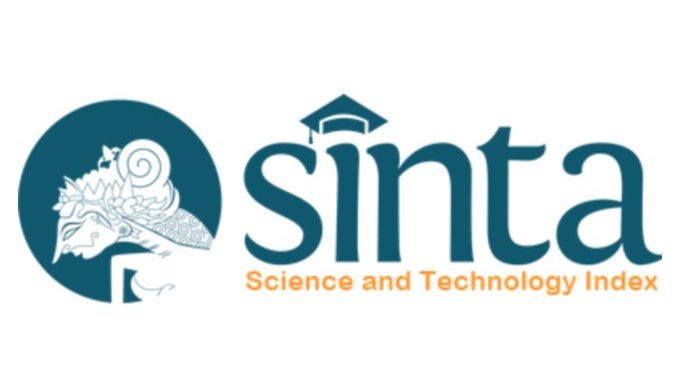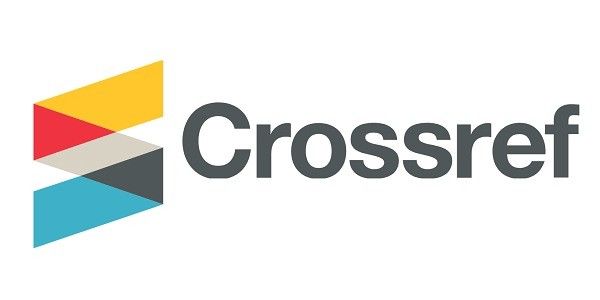Modalitas Pencitraan Terbaik untuk Kolik Renal
DOI:
https://doi.org/10.55175/cdk.v46i4.487Kata Kunci:
Batu ginjal, kolik renal, pencitraanAbstrak
Kolik renal umum dijumpai di Unit Gawat Darurat (UGD). Diagnosis klinis memerlukan konfirmasi modalitas pencitraan. Computed tomography (CT-scan) dianggap sebagai modalitas terbaik karena dapat mendeteksi batu ginjal dengan akurasi sangat baik. Namun, ultrasonografi (USG) harus dianggap sebagai teknik pencitraan utama karena cukup akurat mendiagnosis batu saluran kemih dengan biaya relatif tidak mahal dan bebas radiasi. Modalitas pencitraan lain seperti foto polos, intravenous pyelography (IVP), dan magnetic resonance imaging (MRI) juga dapat menjadi pilihan.
Renal colic is a common condition in Emergency Unit (ER). Imaging modalities helps to confirm the diagnosis and decide the therapy. CT scan is considered as the best modality because of its accuracy. However, ultrasound must be considered as the primary imaging technique because of its accuracy, relatively inexpensive, and radiation-free. Other imaging modalities such as plain radiographs, intravenous pyelography (IVP), and magnetic resonance imaging (MRI) can also be alternatives with their own advantages and disadvantages
Unduhan
Referensi
Badan Penelitian dan Pengembangan Kesehatan Kemenkes RI. Riset kesehatan dasar 2013. Prevalensi batu ginjal di Indonesia [Internet]. 2013;94. Available from: http://www.depkes.go.id/resources/download/general/Hasil%20Riskesdas%202013.pdf
American College of Radiology (ACR) Appropriateness Criteria. Acute flank pain - Suspicion of stone disease (urolithiasis) [Internet]. 2015 [cited 20 November 2018]. Available from: https://acsearch.acr.org/docs/69362/Narrative/
Badalato G, Leslie S, Teichman J, American Urological Association. Medical student curriculum: Kidney stones [Internet]. 2016 [cited 9 October 2018]. Available from: https://www.auanet.org/education/auauniversity/for-medical-students/medical-student-curriculum/kidney-stones
Nicolau C, Claudon M, Derchi L, Adam E. Imaging patients with renal colic - consider ultrasound first. Insights Imaging. 2015;6:441-7.
Brisbane W, Bailey M, Sorensen M. An overview of kidney stone imaging techniques. Nat Rev Urol. 2016;13(11):654-62.
Rasad S. Radiologi diagnostik. 2nd ed. Jakarta: Badan Penerbit FKUI; 2016
Moesbergen T, de Ryke R, Dunbar S. Distal ureteral calculi: US follow up. Radiology. 2011;260(2):579.
Roberson N, Dillman J, O'Hara S, DeFoor W. Comparison of ultrasound versus computed tomography for detection of kidney stones in the pediatric population: A clinical effectiveness study. Pediatr Radiol. 2018;48(7):962-72.
Ganesan V, De S, Greene D, Torricelli F. Accuracy of ultrasound for renal stone detection and size determination: Is it good enough for management decision? British J Urol. 2016;119(3):464-9.
Hildas G, Eliahou R, Duvdevani M, Coulon P. Determination of renal stone. Composition with dual energy CT. Radiology. 2010;257(2):399-400.
Ibrahim E, Cernigliaro J, Bridges M, Pooley R, Haley W. The capabilities and limitations of clinical MRI imaging for detecting kidney stones: A retrospective study. Int J Biomed Imaging. 2016;2016:4935656.
Agency for Healthcare Research and Quality. Imaging tests to check for kidney stones in the emergency department [Internet]. 2016 [cited 20 November 2018]. Available from: https://www.ncbi.nlm.nih.gov/books/NBK379839/pdf/Bookshelf_NBK379839.pdf
Unduhan
Diterbitkan
Cara Mengutip
Terbitan
Bagian
Lisensi
Hak Cipta (c) 2019 https://creativecommons.org/licenses/by-nc/4.0/

Artikel ini berlisensi Creative Commons Attribution-NonCommercial 4.0 International License.





















